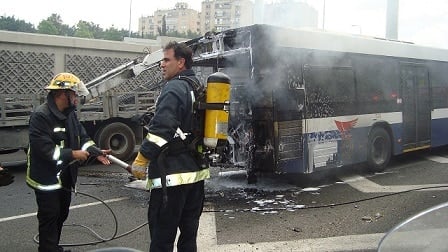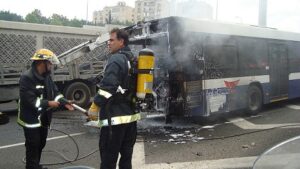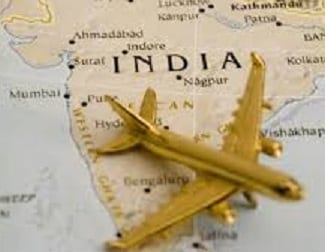These accidents can be caused by a variety of factors, including driver error, poor road conditions, or vehicle malfunctions. Regardless of the cause, a bus accident can have serious consequences for everyone involved, including the passengers, the driver, and other drivers on the road.
In the immediate aftermath of a bus accident, the first priority is always to ensure the safety of everyone involved. If there are any injuries, emergency medical services should be called immediately. Depending on the severity of the accident, the passengers may need to be evacuated from the bus or helped out of the vehicle by emergency responders. In some cases, the bus may need to be stabilized or removed from the road to prevent further accidents.
Once everyone is safe and the immediate danger has been addressed, the focus shifts to investigating the accident and determining its cause. This may involve interviewing witnesses, examining the bus and other vehicles involved, and reviewing any available video footage. In many cases, the investigation will be conducted by law enforcement, but in some cases, private investigators or insurance companies may also be involved.
The cause of the accident will have a significant impact on the legal and financial consequences for everyone involved. If the accident was caused by driver error, the driver and their employer may be held liable for any damages or injuries. If the accident was caused by a vehicle malfunction, the manufacturer may be held responsible. If the accident was caused by poor road conditions or another driver’s actions, the other driver or the government agency responsible for maintaining the road may be held liable.
In addition to the legal and financial consequences, a bus accident can have a profound impact on the mental and emotional well-being of everyone involved. Passengers may suffer from post-traumatic stress disorder (PTSD) or other mental health issues as a result of the accident, while the driver may experience feelings of guilt or trauma. Family members and loved ones of those involved may also experience emotional distress and may need support in coping with the aftermath of the accident.
For passengers who are injured in a bus accident, the recovery process can be long and difficult. Depending on the severity of the injuries, passengers may need to undergo surgery, physical therapy, or other treatments to fully recover. They may also face ongoing medical expenses, lost wages, and other financial hardships as a result of their injuries. In some cases, passengers may be eligible for compensation through the bus company’s insurance or through a lawsuit against the driver or other responsible parties.
For drivers who are involved in a bus accident, the consequences can be even more severe. In addition to facing legal and financial consequences, drivers may lose their jobs or face restrictions on their ability to drive in the future. They may also experience significant emotional distress and may need support in coping with the aftermath of the accident.
For other drivers on the road, a bus accident can also have serious consequences. Depending on the severity of the accident, other drivers may be injured or killed in the crash. Even if no one is injured, the accident can cause significant traffic delays and disruptions, which can have a ripple effect on the local economy and community.
Ultimately, the consequences of a bus accident can be far-reaching and long-lasting. Whether you are a passenger, a driver, or a bystander, it is important to take steps to prevent accidents and to be prepared in case an accident does occur. This includes following traffic laws, wearing seat belts, and avoiding distractions while driving. Also, a Greyhound bus accident lawyer says: “If you are involved in a bus accident, it is important to seek medical attention right away and to work with an experienced attorney to protect your rights and seek compensation for your losses.”
@media (max-width: 1200px) {
.ns-buttons.ns-inline .ns-button-icon { width: 100%; } .ns-buttons.ns-inline .ns-button-label { display: none; }
}.ns-inline:not(.ns-columns) .ns-buttons-wrapper {
justify-content: center;
}body .ns-inline:not(.ns-columns) a.ns-button, body .ns-inline .ns-total-share-count {
margin: 0px 5px 10px 5px;
}
Register free for IMEX Frankfurt May 23-25 AND click here to schedule your FREE Photo / Video Interview with eTurboNews during IMEX
( window.advanced_ads_ready || jQuery( document ).ready ).call( null, function() {var advads_content_p = jQuery(“#eturb-491197409”).parent().find(“p:not(table p):not(blockquote p):not(div.wp-caption p)”).filter(function(){return jQuery.trim(this.innerHTML)!==””});var advads_content_random_p = advads_content_p.eq( Math.round(Math.random() * ( advads_content_p.length – 1) ) );if( advads_content_random_p.length ) { advads.move(“#eturb-491197409”, advads_content_random_p, { method: “insertAfter” }); }});
Read more: What happens if a bus gets in an accident?
Copyright: eTurboNews is Travel Industry News – Travel & Tourism Story Telling Exposed





